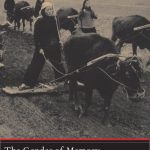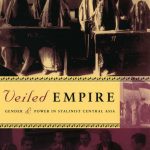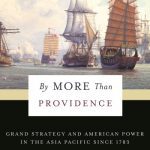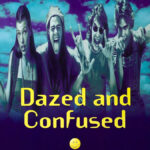
Akira Kurosawa (1910-1998) must be one of the most written-about directors in film history. There are over 20 books in English exclusively devoted to Kurosawa. These include Donald Richie’s The Films of Kurosawa (1965), David Desser’s The Samurai Films of Akira Kurosawa, (1983), Stephen Prince’s The Warrior’s Camera: The Cinema of Akira Kurosawa (1991), Yoshimoto Mitsuhiro’s Kurosawa:
Film Studies and Japanese Cinema (2000), just to name a few—not to mention studies in which Kurosawa serves as a crucial point of reference.
As the first Japanese director to win at an international film festival and the most well-known outside of Japan, Kurosawa has attracted prolonged interest and extensive studies not only because of his idiosyncratic style but also to the shifting cultural and historical contexts under which his films were conceived and produced. The director remained active throughout his career of over 50 years from the mid 1940s to the 1990s and made 30 films in total.
While many existing studies strive to articulate the enticing form and aesthetics of this film master, historian David Conrad’s Akira Kurosawa and Modern Japan (2022) contributes to the large body of Kurosawa scholarship by putting the turmoil and transformation of Japanese society in the latter half of the 20th century under the spotlight when reading Kurosawa’s films.
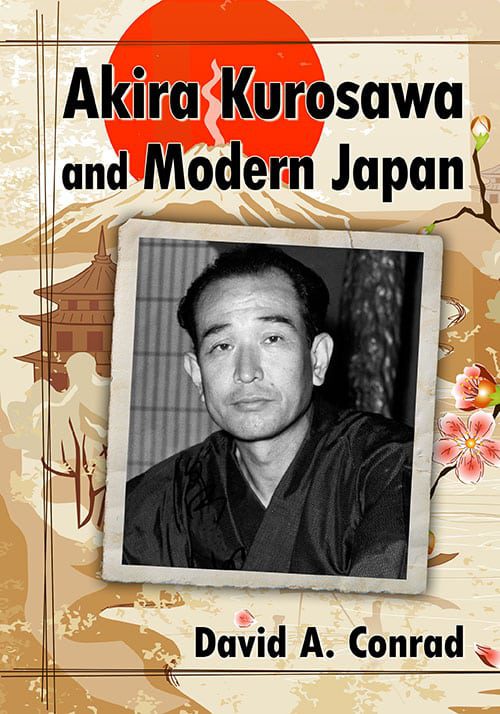
Unlike many previous studies, which tend to focus on a small body of Kurosawa’s films (such as his samurai films, for example) or on a single film at length, Conrad pays equal attention to all Kurosawa’s films. The plot, narrative, film technique and style of the film play only a partial role in Conrad’s appreciation of Kurosawa, and he seamlessly interweaves biographical information, anecdotes, and sociopolitical context into his readings. Each one of Kurosawa’s films, in their own way, provides a window into a specific moment of Japan’s modern history and captures the zeitgeist of that moment. In this way, Conrad sees even the “historical dramas” (jidaigeki) of the director as “contemporary drama” (gendaigeki), and as he aptly puts it, all of Kurosawa’s films could be treated as “products of the jidai (meaning “period” or “era” in Japanese) that make up Japan’s dramatic, painful, inspirational, contradictory 20th century” (1).
The author often opens a new chapter by laying out the social backdrop and historical events around the year when the film was released, before diving into the film. Kurosawa’s career spanned the Shōwa era (1926-1989), the reign of emperor Hirohito, to the Heisei era (1989-2019), with the accession of his son Akihito. Conrad divided the director’s oeuvre into four periods: “The War Years” includes 3 films from Sanshirō Sugata (1943)to Sanshirō Sugata Part II (1945), “The Occupation Years” with 10 films from The Men who Treaded on the Tiger’s Tail (1945) to Ikiru (1952), “The Miracle Years” includes 10 films from Seven Samurai (1954) to Redbeard (1965), and “The Global Years” with 7 films from Dodesukaden (1970) to Mādadayo (1993). This reminds us that this study is as much about Kurosawa the auteur as it is about modern Japan.
Each chapter deals with one film, and the author reads the scenes, images and dialogues closely to excavate details in which history seeps through. Several recurring motifs come to the fore in Conrad’s study of the correlation between Kurosawa and modern Japan. First is the U.S.–Japan relationship. The role played by the U.S. in shaping Japan’s postwar domestic and foreign policies cannot be overemphasized, and Conrad maps out a well-rounded picture of the changing power dynamic between the two nations through Kurosawa’s Drunken Angel (1948), The Bad Sleeps Well (1960), Yojimbo (1961), and Kagemusha (1980), among others.
The second key issue is censorship, from the wartime military government (1940-1945) to the Occupation forces (1945-1952) and the post-occupation Japanese government. Referencing both the production records and interviews with the director, Conrad identifies the varying nature and logic of these different censorship regimes and the ways that Kurosawa navigated multiple transitions from one phase to another or within one dominant regime. For example, Conrad points out that despite the fact that “feudal themes” were prohibited after the beginning of the Occupation, Rashōmon (1950), a film set in premodern Japan and containing obvious “feudalistic” content, was produced and made its way onto the big screen only because the start of the Korean War (1950-1953) had rendered it imperative for American censors to loosen control in order to show “democracy” in action. Kurosawa seized the opportunity and exploited the fertile ground of Japan’s past for storytelling.
The third topic central to Conrad’s reading of Kurosawa is the shifting gender politics of modern Japan. From Taishō women’s rights movements in the 1920s to women working in the military factories during wartime, from the pan-pan phenomenon (i.e., street prostitutes who served mainly the GIs) during the Occupation to the emerging feminist activists since the 1960s, Conrad shows how Kurosawa engages through his films with matters of women’s rights and status in modern Japan.
One of the merits of Conrad’s approach is the ways in which he reads the social dynamics and history of 20th-century Japan out of Kurosawa’s jidaigeki (films situated in premodern Japan before the mid-19th century). He argues persuasively that “jidaigeki imitate the past but tell us about their present.” (101) For example, Kurosawa’s Seven Samurai (1954) takes place in 1586 Sengoku Japan and tells a story focused on seven masterless samurai helping farmers repel a group of bandits who harass the village and loot their crops. Despite the temporal distance between the story’s setting (1586) and the time when the film was made (1954), Conrad thoughtfully demonstrates how the 16th-century peasants’ conundrum in the film mirrors that of Japanese farmers working under American’s land reform policies after 1947. Moreover, the feudal caste structure between peasant and samurai in the film sheds light on the enduring social inequalities and fixed class hierarchy in post-Occupation Japan when the nation as a whole got wealthier. The elaborate village defense plan and the ad hoc soldiers in the film offer a political parallel to Japan’s de facto army, the Self Defense Force, established with the help of the U.S. in 1950 as a reaction to Korean War.
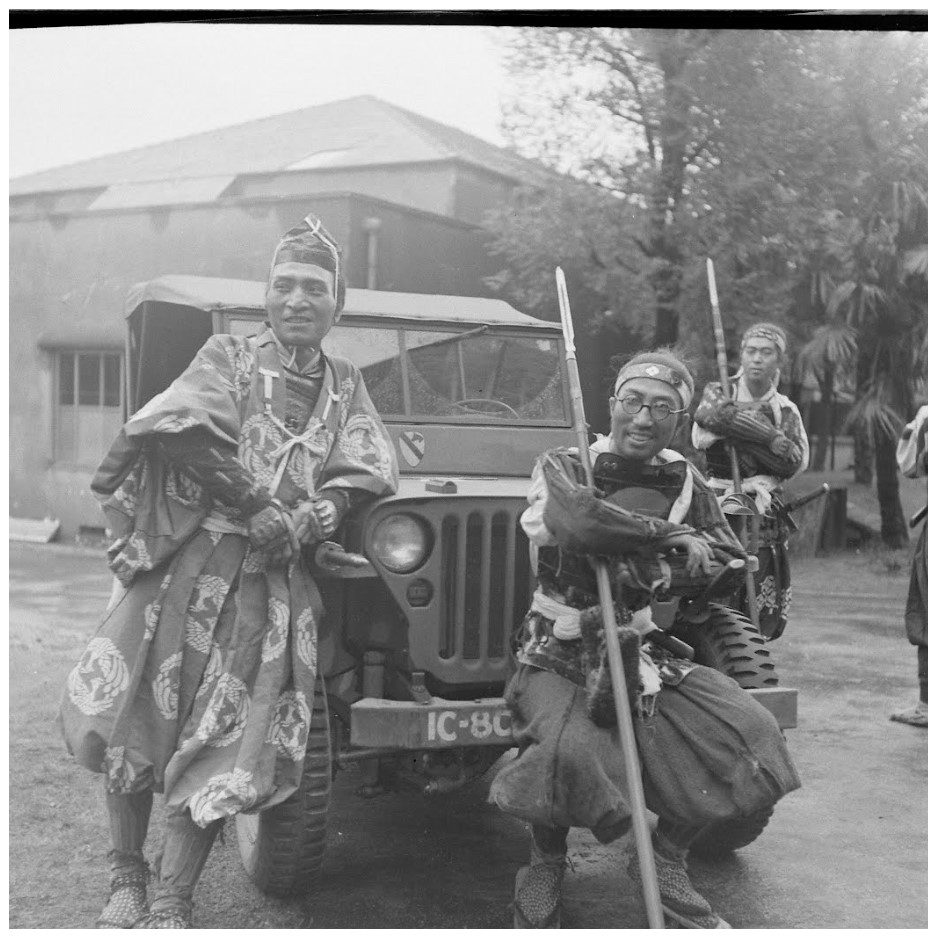
This kind of analysis is what makes this book distinct from both the conventional historical textbooks and even film studies. It focuses on the contextual dimension of an auteur’s oeuvre without ever losing sight of the films themselves. It uses film as a portal leading its readers to an understanding of the entangled and layered nature of wartime and postwar Japanese history. Readers learn both political and historical “hard facts” but also aspects of Japanese culture including traditional wedding attire, garbage disposal regulations, folk monsters, evolving beauty standards, and even the Japanese obsession with cats.
Akira Kurosawa and Modern Japan is a historically- and culturally-grounded study of the director. It is both an informative and enjoyable read for anyone who finds the director’s works appealing and wish to know more about the historical and social condition that made them possible.
Yunfei Shang is a PhD student in the Department of Asian Studies at the University of Texas at Austin. She works on East Asian cinema, film and media theory, digital cinema and media revolution. Her dissertation project deals with the popularity and influence of Japan’s media products especially film, TV documentary and drama in mainland China since the late 1970s.
The views and opinions expressed in this article or video are those of the individual author(s) or presenter(s) and do not necessarily reflect the policy or views of the editors at Not Even Past, the UT Department of History, the University of Texas at Austin, or the UT System Board of Regents. Not Even Past is an online public history magazine rather than a peer-reviewed academic journal. While we make efforts to ensure that factual information in articles was obtained from reliable sources, Not Even Past is not responsible for any errors or omissions.
